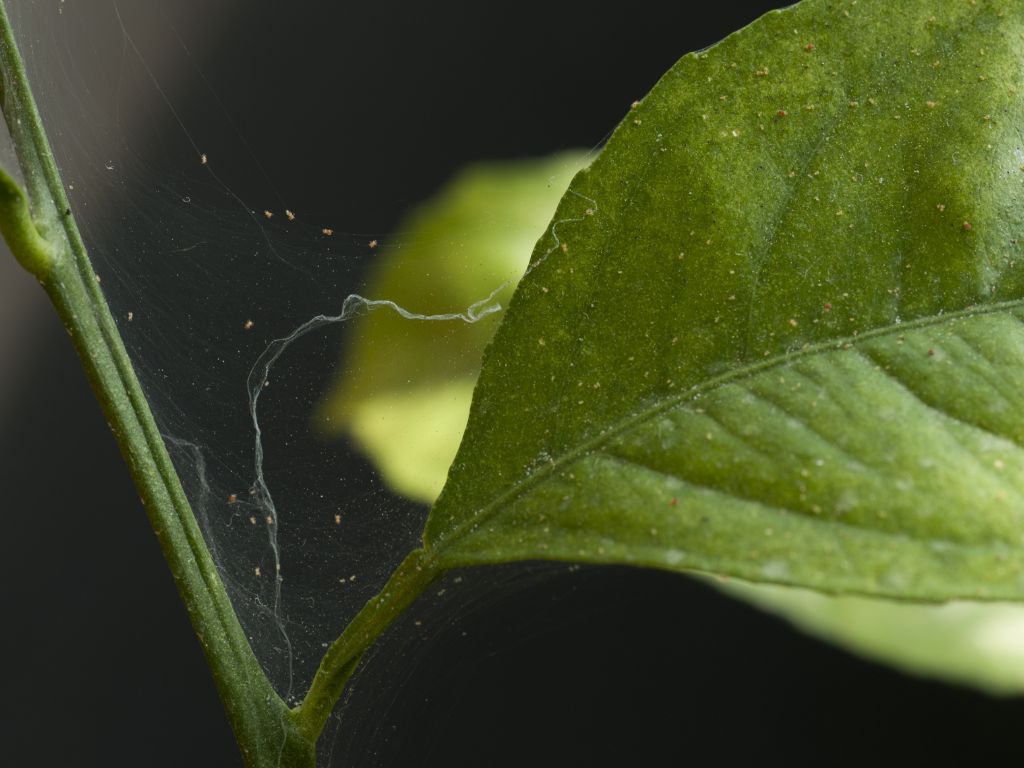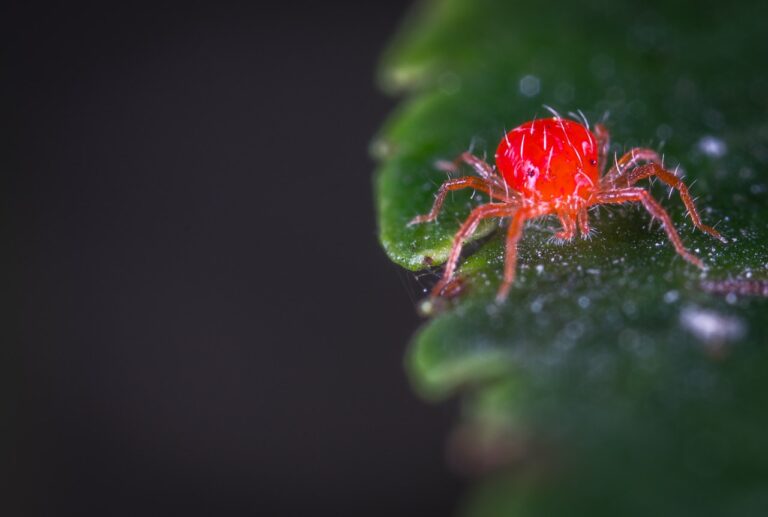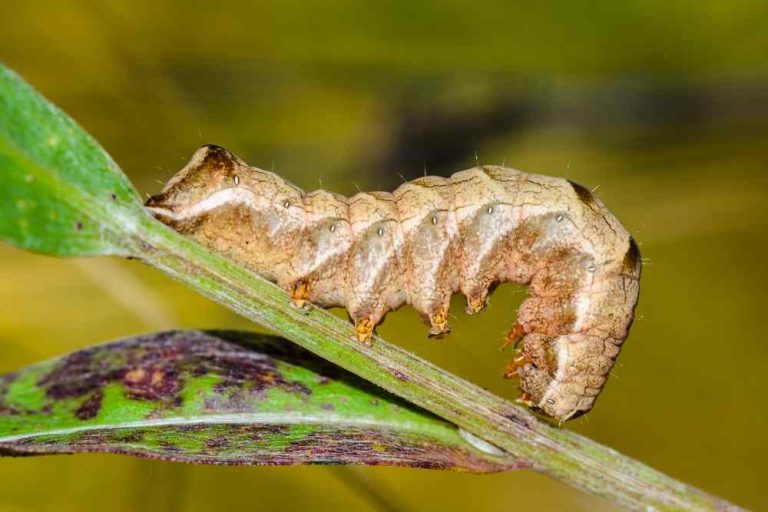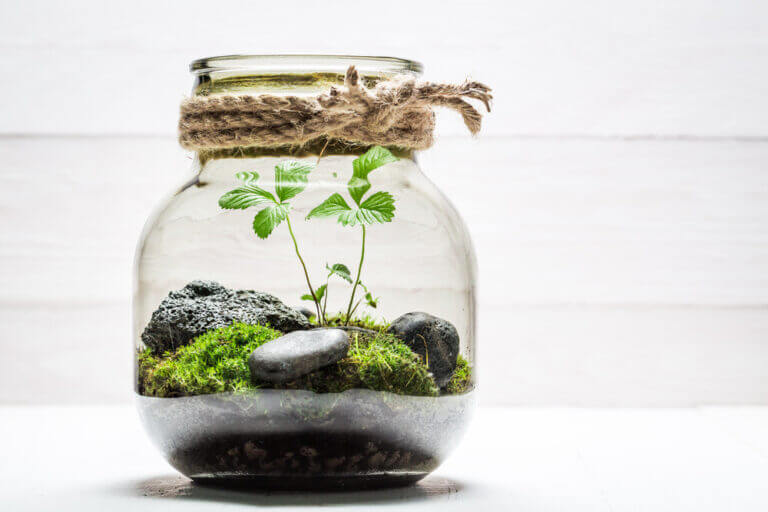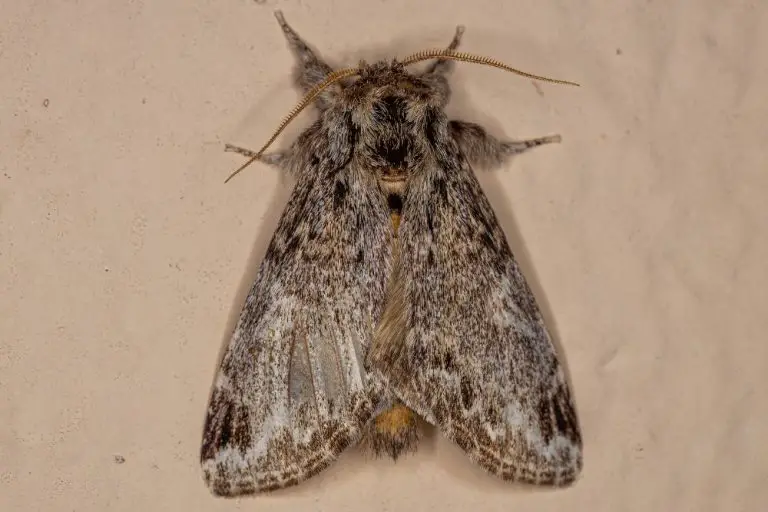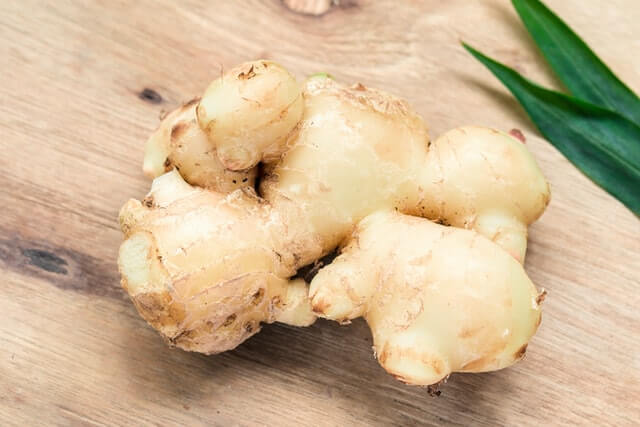Indoor Garden Pest Control: Tips and Tricks for a Healthy Garden
If you’re an indoor gardening enthusiast, you know how important it is to keep your plants healthy and pest-free. However, dealing with pesky pests can be a challenge, especially if you prefer to avoid synthetic insecticides. Don’t worry, we’ve got you covered!
In this comprehensive guide, we’ll provide you with expert advice on Indoor Garden Pest Control to help you protect your plants from harmful pests. We’ll explore various methods, including natural and organic options, as well as tips for choosing pest-resistant plants and effective pest management strategies.
- Indoor Garden Pest Control is essential for maintaining plant health.
- Natural and organic pest control methods can be safe and effective alternatives to synthetic insecticides.
- Choosing pest-resistant plants can help prevent pest infestations in your indoor garden.
- Integrated Pest Management (IPM) is a holistic approach to pest control that focuses on prevention, monitoring, and intervention.
- Regular plant inspections and proper watering techniques are crucial for effective indoor garden pest control.
Indoor Pests and Their Impact on Plants
Before learning about pest control methods, it is crucial to understand the different types of indoor pests that can harm your plants. By recognizing the warning signs of infestations early on, you can take action to prevent damage to your indoor garden.
The Most Common Indoor Pests
Several types of pests can invade your indoor garden, including:
- Spider mites
- Mealybugs
- Scale insects
- Whiteflies
- Fungus gnats
- Aphids
Each type of pest has unique characteristics and can cause a range of problems for your plants, from feeding on the leaves to transmitting diseases. Understanding the specifics of each pest can help you determine the best course of action for pest prevention and management.
Preventing Indoor Pest Infestations
Prevention is a crucial part of indoor pest control. Here are some tips to keep pests at bay:
Effective Indoor Pest Management
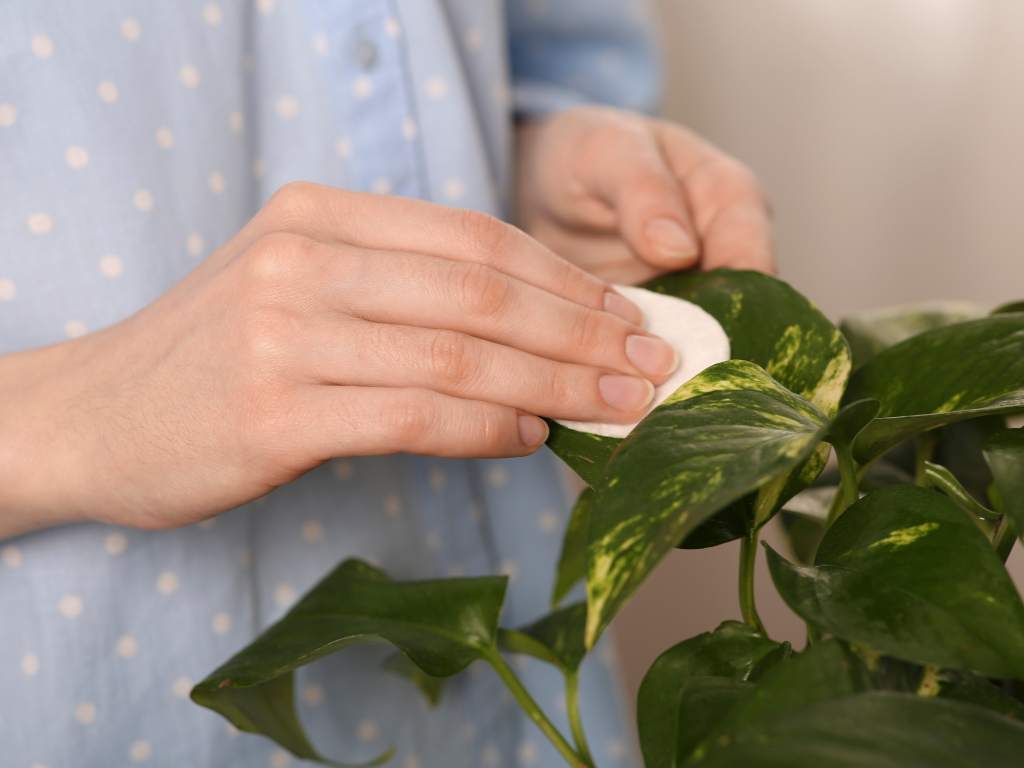
If you do notice pests invading your indoor garden, it is important to take action quickly to prevent further damage. Here are some effective pest management methods to try:
- Remove pests by hand, such as picking off visible insects or wiping leaves with a damp cloth.
- Use insecticidal soap or neem oil, which are effective natural remedies for many types of pests.
- Set up sticky traps to catch flying insects like fungus gnats or whiteflies.
It’s important to note that different types of pests may require different management methods. If you’re unsure of how to handle a pest infestation, seek advice from a local garden center or pest control professional.
Natural and Organic Pest Control Methods
When it comes to indoor garden pest control, natural and organic methods can be just as effective as synthetic insecticides. Not only are they safer for your plants and the environment, but they can also be more affordable in the long run. Here are some eco-friendly pest control methods to consider:
1. Homemade Insecticidal Soaps
Insecticidal soaps are effective against a variety of pests, including aphids, mealybugs, and spider mites.
To make your own, mix one tablespoon of mild liquid soap (such as castile soap) with one quart of water and spray directly on the affected plants. Be sure to cover all surfaces of the plant, including the undersides of leaves.
2. Neem Oil
Neem oil is a natural insecticide that can be used to control a range of pests, including whiteflies, thrips, and scale insects.
It works by disrupting the insect’s hormonal balance, inhibiting their feeding and growth. To use, dilute neem oil according to the package instructions and spray directly on the affected plants.
3. Beneficial Insects
Introducing beneficial insects, such as ladybugs and lacewings, can help control pest populations in your indoor garden.
These insects feed on common pests, such as aphids and mites, and can be purchased online or at your local nursery. Be sure to release them in the evening when the lights are off and the plants are in the dark.
4. Diatomaceous Earth
Diatomaceous earth is a natural powder made from the fossilized remains of tiny aquatic organisms. It works by dehydrating insects, causing them to die.
To use, sprinkle a light dusting of diatomaceous earth on the soil and leaves of the affected plants. Be sure to wear a mask when applying, as the particles can be irritating to the lungs.
5. Companion Planting
Companion planting involves growing plants that repel or deter pests alongside your main crops. For example, planting basil next to your tomato plants can help repel aphids and other pests. Other pest-repelling plants to consider include marigolds, lavender, and chrysanthemums.
By using these natural and organic pest control methods, you can keep your indoor garden healthy and pest-free without relying on synthetic insecticides. Experiment with different methods to find what works best for your plants.
Choosing Pest-Resistant Plants for Indoor Gardens
One of the best ways to keep pests at bay in your indoor garden is by selecting pest-resistant plants. These are varieties that are naturally less susceptible to certain pests and diseases. By choosing these plants, you can reduce the likelihood of infestations and the need for pest control methods.
Benefits of Pest-Resistant Plants
Pest-resistant plants have various benefits for your indoor garden, including:
- Less need for pesticides: Since these plants are naturally resistant to pests, you won’t need to use as many pesticides or insecticides to protect them.
- Lower maintenance: Pest-resistant plants are often easier to care for, making them an ideal choice for beginners or those with busy schedules.
- Increased plant health: These plants are generally healthier and more resilient, which means they are less likely to suffer from diseases or environmental stressors.
Choosing the Right Plants
When selecting pest-resistant plants for your indoor garden, there are a few things to keep in mind:
- Choose plants that are well-suited for indoor growing conditions, including lighting and temperature requirements.
- Research which pests are common in your area and choose plants that are known to be resistant to those pests.
- Look for plants with sturdy leaves and stems, which are often more resistant to insect damage.
- Consider purchasing plants from a reputable nursery or garden center that specializes in indoor gardening.
Examples of Pest-Resistant Plants
| Plant | Resistant to |
|---|---|
| Spider Plant | Spider mites, mealybugs, and aphids |
| African Violet | Thrips and spider mites |
| Rubber Plant | Mealybugs and scale insects |
| Peace Lily | Spider mites and aphids |
Integrated Pest Management for Indoor Gardens
Integrated Pest Management (IPM) is a holistic approach to pest control that emphasizes prevention, monitoring, and intervention. This strategy focuses on minimizing the use of pesticides and promoting a healthy ecosystem for your indoor plants. Here are the key principles of IPM:
Identify pests: Regularly inspect your plants to detect the presence of pests. Look for signs such as leaf damage, holes, or discoloration.
Prevent infestations: Create a healthy environment for your plants by maintaining good hygiene and reducing stress factors such as overwatering or underwatering. You can also use physical barriers such as sticky traps or netting to prevent pests from entering your indoor garden.
Monitor: Keep track of pest populations and their life cycles to determine the best time for intervention. You can use monitoring tools such as pheromone traps or visual inspections.
Intervention: If pest populations exceed a certain threshold, consider using biological controls such as beneficial insects or microbial sprays. If necessary, you can also use organic or synthetic pesticides, but always follow the instructions and use them as a last resort.
Evaluate: Regularly assess the effectiveness of your pest control measures and make adjustments if needed. Keep in mind that IPM is an ongoing process that requires continuous monitoring and adaptation.
Tips for Effective Indoor Garden Pest Control
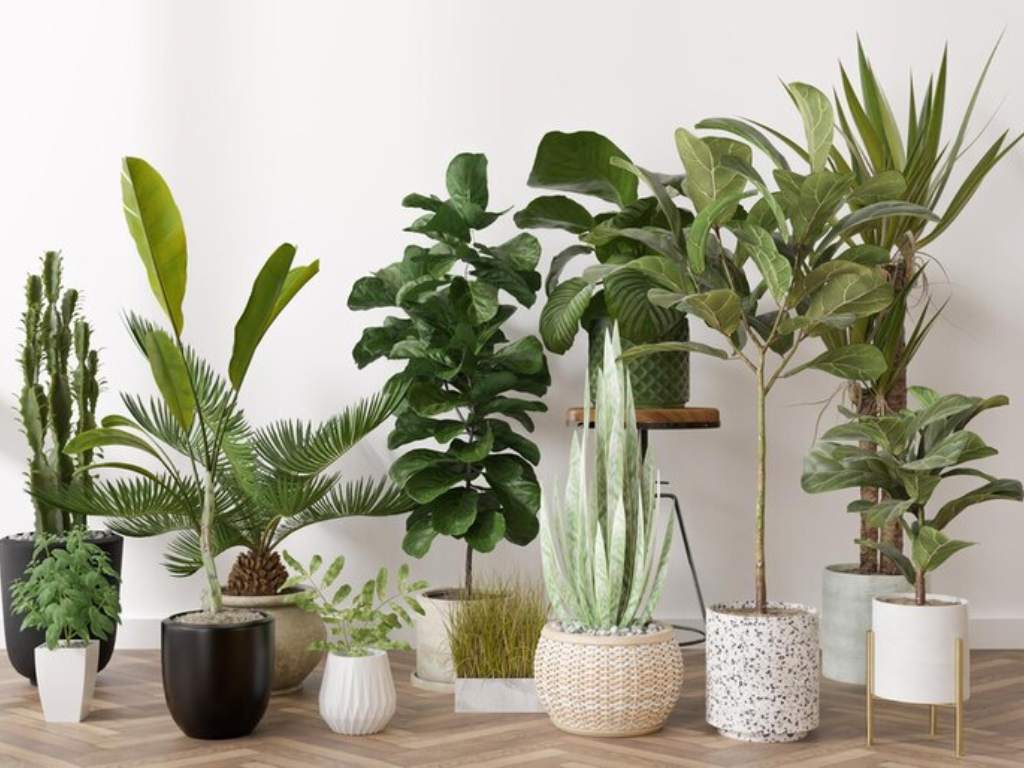
Keeping pests at bay in your indoor garden can be a challenging task, but with the right approach, it’s entirely doable. Here are some tips to help you effectively manage pests in your indoor garden:
Regular Inspection:
Inspect your plants regularly to detect any signs of pest infestations. Early detection of pests can prevent them from causing significant damage to your plants.
Natural Pest Control:
Consider using natural pest control methods to avoid harsh chemicals that can harm your plants. Some tried and tested natural methods include neem oil, diatomaceous earth, and sticky traps.
Prevention:
The key to effective pest management is prevention. By keeping your indoor garden clean and healthy, you can reduce the risk of attracting pests. Additionally, make sure to dispose of any infested plants or plant parts to prevent the spread of pests.
Proper Watering:
Overwatering or underwatering your plants can make them more vulnerable to pest infestations. Make sure to water your plants according to their specific needs and avoid leaving standing water in plant trays.
Beneficial Insects:
Introduce beneficial insects, such as ladybugs or lacewings, to your indoor garden to control pest populations naturally. These insects can help keep pest populations in check without harming your plants.
By following these tips, you can keep your indoor garden healthy and pest-free without harming the environment. Remember to stay vigilant and take quick action if you notice any signs of pest infestation.
FAQ
What are some natural pest control methods for indoor gardens?
Natural pest control methods for indoor gardens include using homemade insecticidal soaps, introducing beneficial insects, and practicing proper plant care and maintenance.
How can I prevent pest infestations in my indoor garden?
To prevent pest infestations in your indoor garden, you should ensure proper plant care and maintenance, regularly inspect your plants for signs of pests, and keep a clean and healthy environment for your plants.
What are some pest-resistant plants I can choose for my indoor garden?
Some pest-resistant plants for indoor gardens include spider plants, snake plants, and lavender. These plants have natural defenses that make them less susceptible to pests.
What is Integrated Pest Management (IPM) and how can I implement it in my indoor garden?
Integrated Pest Management (IPM) is a holistic approach to pest control that focuses on prevention, monitoring, and intervention. To implement IPM in your indoor garden, you should practice proper plant care, regularly monitor for pests, and use biological controls like beneficial insects.
What are some tips for effective indoor garden pest control?
Some tips for effective indoor garden pest control include regularly inspecting your plants for signs of pests, practicing proper watering techniques, and creating a healthy and pest-resistant environment for your plants.
- 15 Ingenious Kitchen Garden Ideas to Cultivate Freshness Right at Home - April 7, 2024
- 10 Top Picks Best Plants for Open Terrarium - April 2, 2024
- 21 Easy and Cheap Walkway Ideas for a Charming Garden - March 31, 2024

